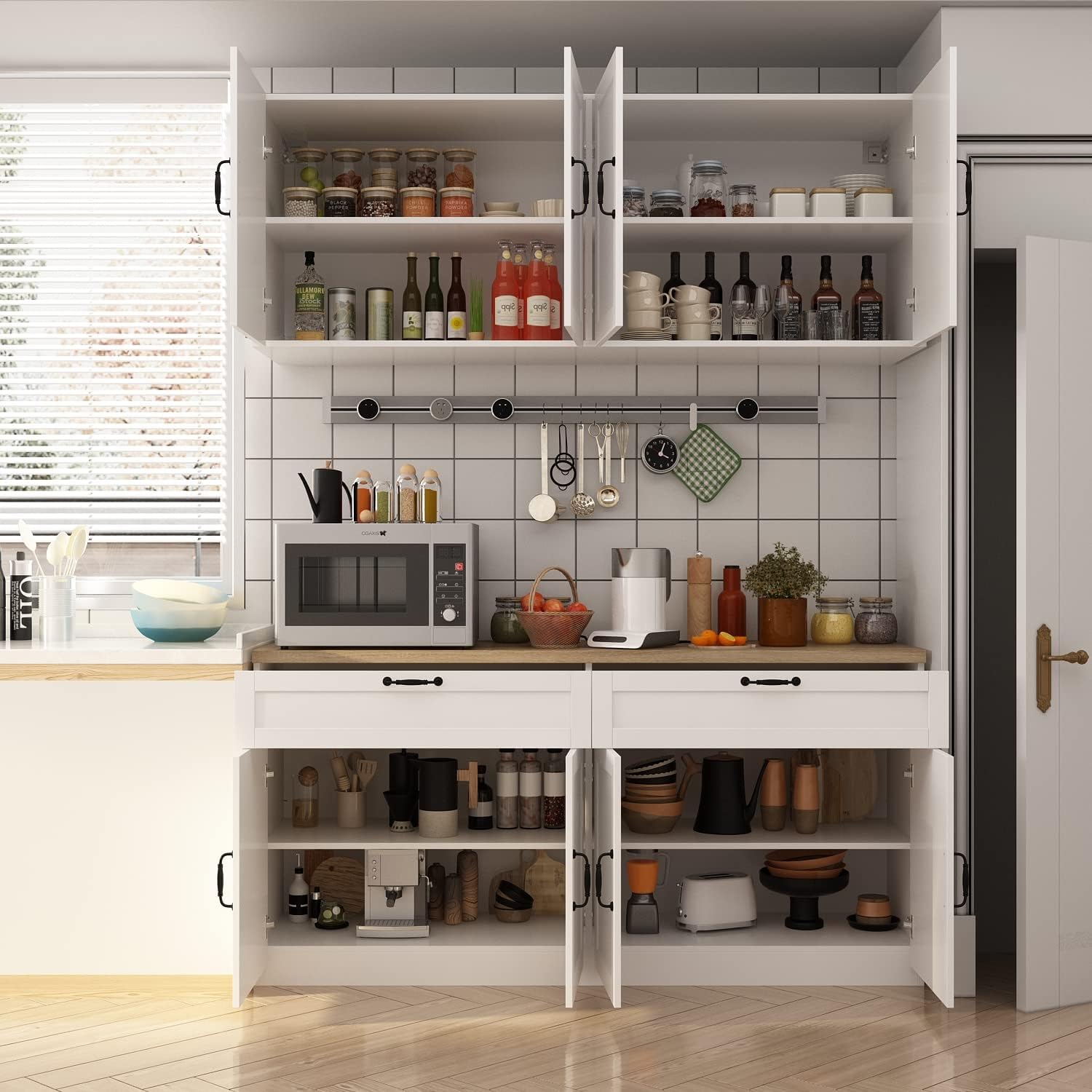

Articles
What Is Cupboard
Modified: January 20, 2024
Discover the versatility and functionality of kitchen furniture with our comprehensive guide on what is a cupboard. Upgrade your space with stylish and efficient storage solutions today!
(Many of the links in this article redirect to a specific reviewed product. Your purchase of these products through affiliate links helps to generate commission for Storables.com, at no extra cost. Learn more)
Introduction
A cupboard is a versatile piece of furniture that serves as storage space for various items in a home or office. It is an essential part of any living space, providing a convenient and organized way to store and display possessions. Cupboards are not only functional but also add aesthetic value to a room, with a wide range of designs and styles available to suit different tastes and interior decor.
Whether you need to store clothes, dishes, books, or any other belongings, a well-designed cupboard can help keep your living space clutter-free and organized. In this article, we will explore the definition, history, types, uses, construction materials, factors to consider when choosing a cupboard, organization tips, maintenance, and care, as well as innovative designs and trends in cupboards.
So, let’s delve into the world of cupboards and discover how this simple yet essential piece of furniture can transform your living space.
Key Takeaways:
- Cupboards have a rich history, evolving from simple wooden structures to innovative designs. They serve diverse storage needs and contribute to organized, aesthetically pleasing living spaces, reflecting the evolution of furniture design.
- The world of cupboards continues to evolve with smart storage solutions, minimalist designs, and customizable options. Cupboards are essential for maintaining organized, clutter-free spaces and enhancing the aesthetics of living and working environments.
Read more: What Is Airing Cupboard
Definition of a Cupboard
A cupboard is a piece of furniture that is typically designed with shelves, drawers, or cabinets to provide storage space for various items. It is commonly found in kitchens, bedrooms, living rooms, offices, and other areas of a home or workplace. Cupboards come in different shapes, sizes, and styles to accommodate specific storage needs and blend seamlessly with the overall decor of a room.
Traditionally, cupboards were primarily used for storing food, utensils, and household essentials. However, their functionality has expanded to encompass a wide range of purposes. Today, cupboards can be used to store and organize clothes, linens, dishes, appliances, books, files, and much more.
The defining feature of a cupboard is its enclosed storage compartments, which provide protection and privacy for the items stored within. Cupboards often have doors that can be opened and closed, allowing easy access to the contents while keeping them hidden from view when not in use. Some cupboards may also have adjustable shelves or drawers to maximize space utilization and accommodate different-sized items.
One notable distinction is that cupboards are typically freestanding furniture pieces, whereas built-in, wall-mounted storage units are known as cabinets. However, both terms are often used interchangeably, and the line between cupboards and cabinets can sometimes be blurred.
In summary, a cupboard is a versatile storage furniture piece designed to provide functional and organized storage for a variety of items. It adds both functionality and style to a living space and is an essential element in maintaining an organized and clutter-free environment.
History of Cupboards
Cupboards have a long and fascinating history that dates back centuries. The concept of storage furniture can be traced back to ancient civilizations, where people used various types of containers and chests to store their belongings. However, the development of cupboards, as we know them today, evolved over time along with advancements in furniture design and construction techniques.
Early cupboards were simple wooden structures with basic shelves, primarily used for storing food and other essential items. These early versions were often freestanding and portable, making them easily transportable from one location to another. Over time, cupboards became more sophisticated in terms of design and functionality.
In medieval Europe, cupboards were mainly made from oak and walnut wood. They were large and ornate, showcasing intricate carvings and decorative elements. These cupboards were often status symbols, indicating the wealth and social standing of the owner.
During the Renaissance period, cupboards became more refined and elaborate. The addition of glass doors allowed for the display of fine china, silverware, and decorative objects. These display cupboards became a popular feature in affluent households, adding a touch of elegance and grandeur to the interior decor.
In the 18th century, with the rise of industrialization, cupboards started to be mass-produced. Furniture makers began using more affordable materials such as pine and mahogany, making cupboards more accessible to a wider range of people. The designs became more streamlined and functional, with modular components and adjustable shelves.
With the advent of the Victorian era in the 19th century, cupboards underwent a revival of intricate detailing and ornamentation. The Victorian cupboards featured ornate woodwork, inlays, and hand-painted designs. They were often multi-functional, combining storage with mirrors, display cases, and even secret compartments.
In the 20th century, cupboards evolved with changing lifestyles and design trends. The Art Deco movement brought about sleek and geometric designs, while the Mid-Century Modern style focused on simplicity and functionality. The use of new materials such as metal and plastic also influenced the design and construction of cupboards.
Today, cupboards continue to evolve to meet the needs and preferences of modern living. They come in a wide range of styles, materials, and finishes to suit different interior design aesthetics. From traditional wooden cupboards to contemporary minimalist designs, there is a cupboard to match every taste and space requirement.
The history of cupboards reflects the evolution of furniture design and storage solutions throughout the ages. It showcases the ingenuity and creativity of furniture makers throughout history, as well as the enduring need for functional and aesthetically pleasing storage furniture in our homes and workplaces.
Types of Cupboards
Cupboards come in a variety of types, each designed to serve specific storage needs and fit different spaces and aesthetics. Whether you need a cupboard for your kitchen, bedroom, living room, or office, there is a type that will suit your requirements. Let’s explore some of the most common types of cupboards:
- Kitchen Cupboards: These cupboards are specifically designed for storing food, cooking utensils, and kitchen essentials. They are usually installed above or below countertops and come in various configurations, including wall-mounted cabinets, pantry cupboards, and base cabinets with drawers or shelves.
- Wardrobes: Wardrobes are cupboards designed for storing clothes, shoes, and accessories. They typically have hanging rods, shelves, and drawers. Wardrobes can be freestanding or built-in, and they come in different sizes, styles, and finishes to match the bedroom decor.
- Display Cupboards: These cupboards are ideal for showcasing and organizing decorative items, collectibles, or china sets. Display cupboards often have glass doors or shelves and may include built-in lighting to enhance the presentation of the items inside.
- Bookcases: Bookcases can be considered a type of cupboard, as they provide storage space for books and other reading materials. They typically have adjustable shelves to accommodate books of different sizes. Bookcases can be standalone pieces or built-in units.
- Filing Cupboards: Filing cupboards are specifically designed for organizing documents, files, and office supplies. They typically have multiple drawers, with some models offering locking mechanisms for added security.
- Utility Cupboards: These cupboards provide storage space for items such as cleaning supplies, vacuum cleaners, and laundry essentials. Utility cupboards are commonly found in laundry rooms, basements, or utility rooms.
- Bathroom Cupboards: Bathroom cupboards are designed to store toiletries, towels, and other bathroom essentials. They often have mirrored doors to serve dual functions as storage and a mirror for grooming.
These are just a few examples of the different types of cupboards available. It’s important to choose a cupboard type that suits your specific storage needs, available space, and overall aesthetic preferences. Remember to consider the dimensions, materials, and functionality of the cupboard when making your selection.
Uses of Cupboards
Cupboards serve a wide range of uses in both residential and commercial settings. They are essential storage solutions that help keep spaces organized, tidy, and clutter-free. Let’s explore the various uses of cupboards:
- Storage of Household Items: One of the primary uses of cupboards is to store household items such as dishes, kitchenware, linens, and appliances. Kitchen cupboards are specifically designed to house pantry items, utensils, and equipment, while wardrobes store clothing and accessories. Cupboards in living rooms and offices can store books, electronics, files, and other belongings.
- Organization: Cupboards enable efficient organization of belongings, making it easier to find and access items when needed. With designated shelves, drawers, and compartments, cupboards allow for categorization and sorting of items for better organization and reduced clutter.
- Protection and Security: Cupboards provide protection and security for stored items. They keep belongings safely tucked away, shielding them from dust, dirt, and potential damage. Cupboards with lockable features add an extra layer of security for sensitive or valuable items.
- Aesthetic Enhancement: Cupboards can enhance the aesthetics of a space. They come in different styles, finishes, and materials, allowing them to blend seamlessly with the overall decor. Stylish or unique cupboards can serve as focal points or statement pieces in a room, adding visual interest and enhancing the ambiance.
- Display and Showcasing: Cupboards with glass doors or open shelving are often used for displaying and showcasing decorative objects, artwork, collectibles, or cherished items such as fine china and glassware. Display cupboards provide a charming way to highlight cherished possessions while keeping them safely stored and protected.
- Space Maximization: Cupboards are designed to optimize space utilization. They can be customized to fit specific dimensions and storage requirements, helping to maximize storage capacity in rooms where space may be limited or irregularly shaped. Cupboards with adjustable shelves or modular components offer flexibility for adapting to changing storage needs.
- Concealment of Clutter: Cupboards offer a solution for concealing clutter and maintaining a clean and organized appearance in living spaces. By providing a dedicated storage area, cupboards help keep surfaces free from clutter, creating a more visually pleasing environment.
These are just a few of the many uses of cupboards. Their versatility and functionality make them indispensable furniture pieces in homes, offices, retail spaces, and various other settings. Whatever the purpose, cupboards provide a practical and stylish solution for storage needs while contributing to a well-organized and aesthetically appealing space.
Read more: How To Lock A Cupboard Door
Materials Used in Cupboard Construction
Cupboards are constructed using a variety of materials, each offering different strengths, aesthetics, and durability. The choice of material plays a crucial role in the overall appearance, functionality, and lifespan of the cupboard. Let’s explore some commonly used materials in cupboard construction:
- Wood: Wood is a classic and timeless material that is widely used in cupboard construction. Different types of wood, such as oak, walnut, mahogany, and pine, are favored for their natural beauty, strength, and durability. Wood cupboards can be stained, painted, or left with a natural finish, providing a versatile and customizable option that fits various interior design styles.
- Plywood: Plywood is made from thin layers of wood veneers glued together, resulting in a strong and stable material. It is commonly used as a cost-effective alternative to solid wood in cupboard construction. Plywood cupboards offer excellent structural integrity and can withstand the test of time.
- MDF: Medium-Density Fiberboard (MDF) is made from compressed wood fibers and resin, resulting in a smooth and uniform surface. MDF cupboards are popular due to their affordability and versatility. They can be painted or veneered to achieve different finishes and styles.
- Laminate: Laminate is a synthetic material made by pressing multiple layers of resin-impregnated paper onto a substrate, usually MDF or particleboard. Laminate cupboards are highly durable, resistant to moisture, and available in a wide range of colors and patterns. They are easy to clean and maintain, making them a popular choice for kitchens and bathrooms.
- Glass: Glass is often used as an accent or in combination with other materials in cupboard construction. Glass doors or panels can add a touch of elegance and transparency to cupboards, allowing for the display of decorative items or providing a visual break from solid materials. Tempered or frosted glass may be used for enhanced strength and privacy.
- Metal: Metal cupboards are known for their durability and industrial aesthetic. Steel or aluminum is commonly used in commercial settings or for modern and minimalist designs. Metal cupboards are resistant to moisture, fire, and pests, making them ideal for high-traffic areas or areas with specific requirements, such as kitchens and garages.
These are just a few examples of the materials commonly used in cupboard construction. The choice of material depends on factors such as budget, desired aesthetic, durability requirements, and environmental considerations. It is important to consider the specific needs and style preferences when selecting the material for a cupboard, as it will contribute to the overall look and functionality of the piece.
A cupboard is a piece of furniture with doors and shelves used for storage, typically found in kitchens or bedrooms. It is a versatile storage solution for keeping items organized and out of sight.
Factors to Consider When Choosing a Cupboard
Choosing the right cupboard for your needs involves considering various factors to ensure it meets your storage requirements and complements your space. Here are some key factors to consider when selecting a cupboard:
- Storage Needs: Evaluate your storage needs and determine the type and amount of items you plan to store in the cupboard. Consider the dimensions, shelves, drawers, and compartments required to accommodate your belongings adequately.
- Available Space: Measure the available space where the cupboard will be placed to ensure it fits appropriately. Consider the height, width, and depth of the cupboard, taking into account any additional clearance required for opening doors or drawers.
- Style and Aesthetics: Choose a cupboard that matches the overall style and aesthetic of your space. Consider the material, finish, color, and design details to ensure the cupboard complements and enhances the existing decor.
- Durability and Quality: Assess the durability and quality of the cupboard. Pay attention to the construction, joints, hinges, and hardware. Ensure that the materials used are of good quality and that the cupboard is built to withstand regular use and potential wear and tear.
- Budget: Determine your budget and look for cupboards that fall within your price range. Consider the materials used, brand reputation, and additional features to find the best value for your investment.
- Functionality: Consider any additional features or functionalities that may be important to you. This could include adjustable shelves, built-in lighting, locking mechanisms, or any specific requirements for the items you plan to store in the cupboard.
- Maintenance and Care: Evaluate the maintenance requirements of the cupboard. Some materials may require regular cleaning or special care, while others may be more resistant to stains or moisture. Consider your willingness and ability to maintain the cupboard over time.
- Reviews and Recommendations: Research and read reviews of the cupboards or brands you are considering. Look for feedback from other customers to gauge the quality, functionality, and customer satisfaction of the product.
Taking these factors into account will help guide you in selecting a cupboard that meets your storage needs, fits your space, and aligns with your personal style and budget. By making an informed decision, you can find a cupboard that not only serves its practical purpose but also enhances the overall functionality and aesthetics of your living or workspace.
How to Organize a Cupboard
Organizing a cupboard can be a simple and rewarding task that will maximize your storage space and make it easier to find and access items. Here are some step-by-step tips on how to organize a cupboard:
- Declutter: Start by decluttering your cupboard. Remove all items and assess each one. Discard or donate any items that you no longer need, are expired, or damaged. This step will help you create space and clear out unnecessary items.
- Group Similar Items: Sort and group similar items together. For example, stack dishes together, place kitchen utensils in a container, or group toiletries by category. This will make it easier to find and access items when needed.
- Use Storage Containers: Utilize storage containers, bins, or baskets to further organize your belongings. These can help separate and categorize items within the cupboard, making it easier to maintain order and prevent items from shifting or becoming disorganized.
- Arrange by Frequency of Use: Consider arranging items based on their frequency of use. Place frequently used items within easy reach and less frequently used items at the back or higher shelves. This will help you access what you need quickly and efficiently.
- Maximize Vertical Space: Make use of vertical space by installing additional shelves or utilizing stacking shelves to maximize storage capacity. This will prevent wasted space and allow for better organization of items.
- Label Items: Labeling items can be beneficial, especially when storing items in opaque containers or bins. Use labels or tags to indicate the contents of each container, making it easier to locate specific items without having to dig through everything.
- Maintain Order: Regularly maintain and tidy up your cupboard to keep it organized. After each use, return items to their designated spots and make any necessary adjustments. This will prevent clutter from accumulating and maintain an organized and functional cupboard.
- Adjust and Adapt: As your needs change over time, be open to adjusting and adapting the organization system in your cupboard. Reassess the arrangement as needed and make any necessary changes to accommodate new items or storage requirements.
By following these organizing tips, you can transform your cupboard into a well-structured and efficient storage space. Remember, maintaining an organized cupboard requires consistency and regular upkeep, but the result is a clutter-free and easily accessible storage solution.
Maintenance and Care of Cupboards
Maintaining and caring for your cupboards is essential to preserve their longevity, aesthetics, and functionality. By following a few simple steps, you can keep your cupboards looking their best and ensure they continue to serve your storage needs effectively. Here are some tips on maintenance and care:
- Regular Cleaning: Clean your cupboards regularly to remove dust, dirt, and spills. Use a soft cloth or sponge with mild soap or a diluted cleaning solution suitable for the cupboard’s material. Avoid abrasive cleaners or scrubbing brushes that may damage the surface.
- Wipe Spills Immediately: Accidental spills should be promptly wiped up to prevent staining or damage to the cupboard’s surface. Liquids, such as oils or acidic substances, can potentially seep into the material and cause discoloration or warping.
- Avoid Excessive Moisture: Excessive moisture can be detrimental to cupboards made of certain materials, such as wood. Avoid placing wet objects or allowing excessive moisture to accumulate in the cupboard. Use coasters or trays to protect the surface from any potential water damage.
- Mindful Handling: Handle cupboard doors, drawers, and hardware with care to prevent unnecessary strain or damage. Open and close them gently and avoid using excessive force. Rough handling can lead to loose hinges, misalignment, or other structural issues.
- Keep Away from Heat Sources: Avoid positioning cupboards directly next to heat sources such as stoves or radiators. Excessive heat can cause warping, discoloration, or other damage to the cupboard’s material. Maintain a safe distance to protect the integrity of the cupboard.
- Prevent Sun Damage: Protect cupboards from prolonged exposure to direct sunlight, as it can cause discoloration and fading. Consider using curtains, blinds, or UV-protective films on nearby windows to minimize the sun’s effect on the cupboard’s surface.
- Tighten Loose Hardware: Periodically check and tighten any loose handles, knobs, or hinges on your cupboards. Loose hardware can contribute to an uneven appearance, functionality issues, or potential accidents.
- Inspect for Damage: Routinely inspect your cupboards for any signs of damage, such as cracks, chips, or scratches. Attend to these issues promptly to prevent further deterioration and maintain the overall condition of the cupboard.
- Follow Manufacturer Instructions: If your cupboards come with specific maintenance instructions or recommendations from the manufacturer, it is advisable to follow them. Each material and finish may have its own care requirements to ensure their longevity.
- Protective Measures: Consider using protective measures, such as felt pads or bumpers, on the bottom of objects that may scratch or damage the cupboard’s surface. This can help preserve the appearance and integrity of the cupboard.’
By following these maintenance and care tips, you can extend the lifespan of your cupboards and keep them in excellent condition. Regular cleaning, mindful handling, and proactive maintenance will ensure that your cupboards continue to enhance your living space while providing functional and organized storage.
Read more: How To Store Cups In Cupboard
Innovative Designs and Trends in Cupboards
The world of cupboards has seen exciting advancements in design and trends, offering innovative solutions that combine functionality, aesthetics, and convenience. Here are some of the latest innovative designs and trends in cupboards:
- Smart Storage Solutions: With the increasing demand for maximizing storage space, innovative cupboards now feature smart storage solutions. These may include pull-out shelves, rotating corner units, hidden compartments, or modular systems that allow for customizable and efficient organization of items.
- Multipurpose Cupboards: Multifunctional cupboards have gained popularity, especially in smaller living spaces. These cupboards combine storage with other functionalities, such as integrated desks, fold-down tables, or built-in seating options. This trend aims to optimize space utilization and provide versatile solutions for diverse lifestyles.
- Minimalist and Sleek Designs: Minimalism continues to be a prominent design trend, featuring sleek and clean lines. Modern cupboards often showcase minimalist designs, with simple, uninterrupted surfaces, and handleless doors for a streamlined and sophisticated look.
- Mixing Materials and Finishes: Cupboards now incorporate a mix of materials and finishes to create visual interest and unique aesthetic combinations. Popular choices include combining wood with metal accents, incorporating glass or mirrored elements, or contrasting matte and glossy finishes for a striking effect.
- Open Shelving: Open shelving has become a sought-after trend, providing a combination of storage and display. Open shelves offer a more accessible option for frequently used items or showcasing decorative objects while maintaining an airy and visually appealing look in the room.
- Customization and Personalization: Cupboards are increasingly designed to allow for customization and personalization. This can include choosing the material, finish, color, or even the configuration of shelves and compartments to meet individual preferences and specific storage needs. Customizable cupboards provide a unique and tailored solution for each user.
- Incorporating Lighting: Lighting is now being integrated into cupboards to enhance visibility and create ambiance. This can include LED strip lights inside shelves, motion sensor lights for easy navigation, or even backlit panels for a touch of sophistication and drama.
- Eco-Friendly Materials: As sustainability becomes a growing concern, eco-friendly materials are gaining popularity in cupboard design. Manufacturers are utilizing recycled or responsibly sourced materials, such as reclaimed wood or sustainable composite materials, to create stylish and environmentally conscious cupboards.
- Smart Technology Integration: With the rise of smart homes, cupboards are starting to incorporate technology. From touch-sensitive doors and drawers to smart locks and sensors that provide inventory management or notify users of low supplies, technology is transforming the functionality and convenience of cupboards.
These innovative designs and trends in cupboards cater to various needs and aesthetics, allowing individuals to personalize and optimize their storage solutions. Whether it’s through creative space-saving features, stylish minimalism, or incorporating advanced technology, cupboards continue to evolve to meet the demands of modern living.
Conclusion
Cupboards have long been an essential part of our homes and workplaces, providing storage solutions that are both functional and aesthetically pleasing. From their humble origins as simple wooden structures to the innovative designs and trends we see today, cupboards have evolved to meet the diverse needs of modern lifestyles.
Throughout history, cupboards have adapted to changing design aesthetics, materials, and storage requirements. From kitchen cupboards that store our food and utensils to wardrobes that house our clothing and accessories, cupboards play a crucial role in keeping our spaces organized and clutter-free.
When choosing a cupboard, it’s important to consider factors such as storage needs, available space, style, durability, and budget. By carefully selecting the right cupboard, you can enhance the functionality and appearance of your living or workspace.
Maintaining and caring for your cupboards is equally vital. Regular cleaning, mindful handling, and proactive maintenance will keep your cupboards looking their best, ensuring their longevity and functionality for years to come.
The world of cupboards continues to evolve with innovative designs and trends. Smart storage solutions, multipurpose functionalities, minimalistic designs, and customizable options are just some of the exciting developments in cupboard design. These trends not only enhance storage capabilities but also contribute to creating visually appealing and personalized spaces.
In conclusion, cupboards are indispensable pieces of furniture that provide practical and aesthetically pleasing storage solutions. With their ability to organize, protect, and showcase our belongings, cupboards add value to our living and working environments. By selecting the right cupboard, organizing its contents, and maintaining it properly, you can transform your space into a clutter-free and stylish haven.
Frequently Asked Questions about What Is Cupboard
Was this page helpful?
At Storables.com, we guarantee accurate and reliable information. Our content, validated by Expert Board Contributors, is crafted following stringent Editorial Policies. We're committed to providing you with well-researched, expert-backed insights for all your informational needs.
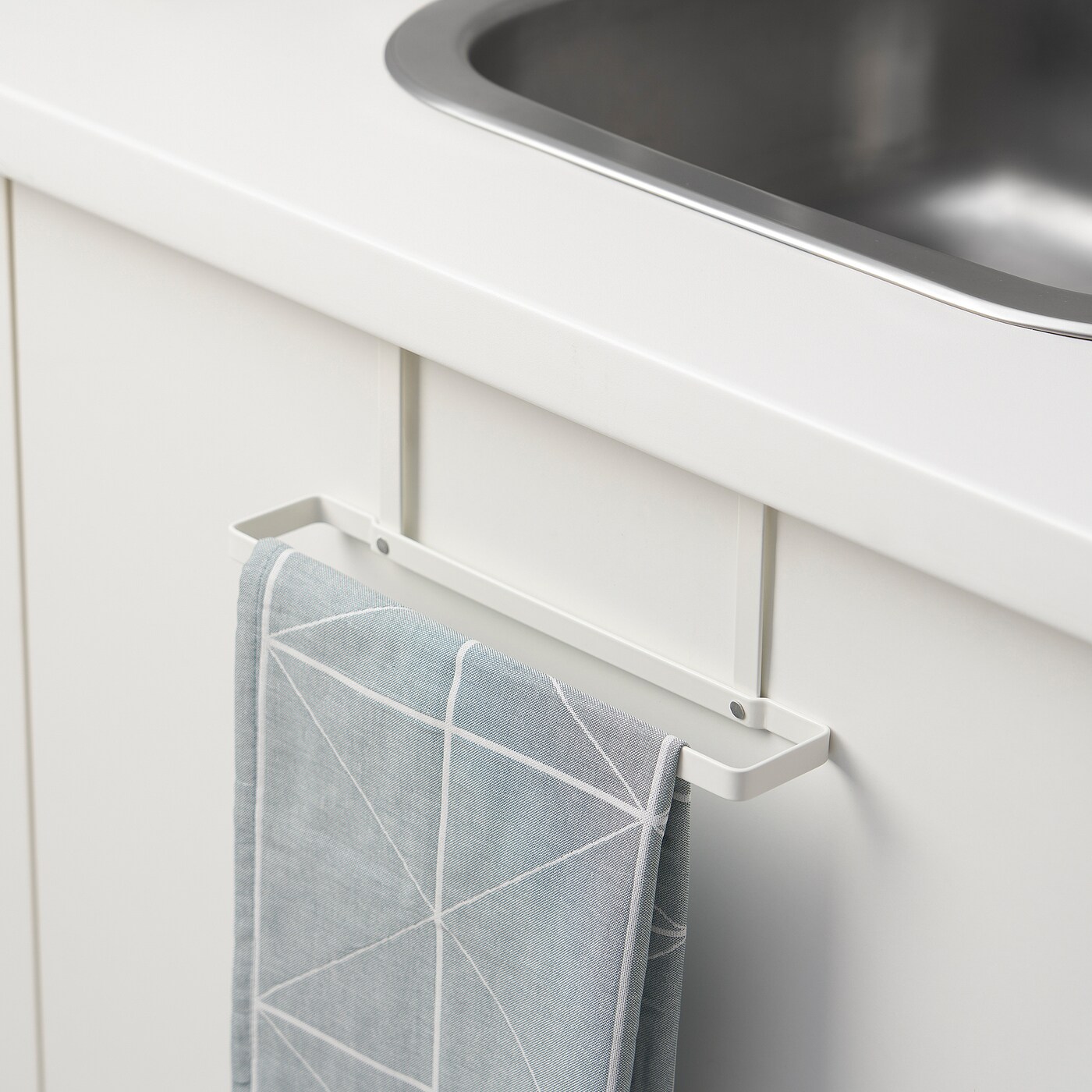
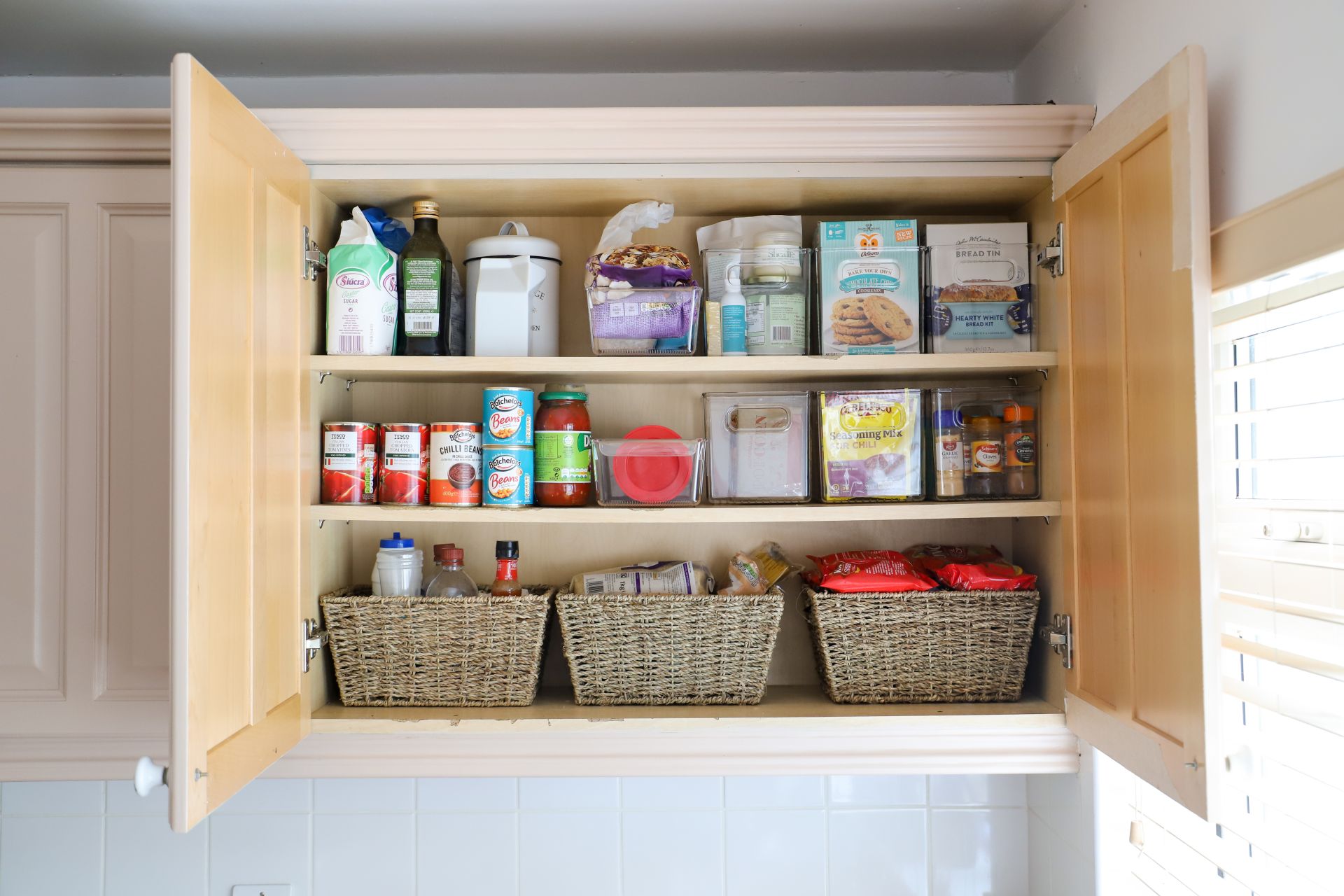
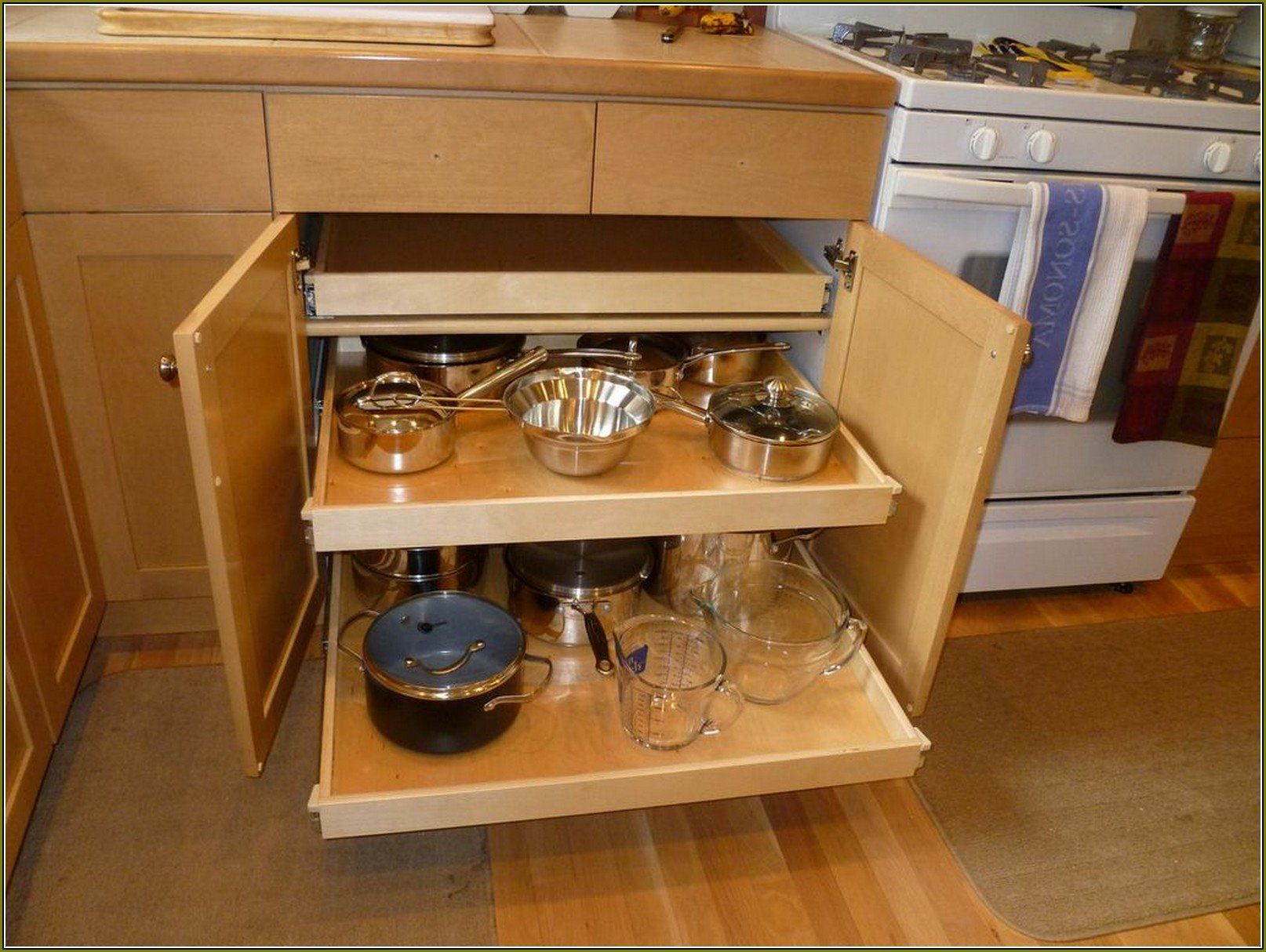
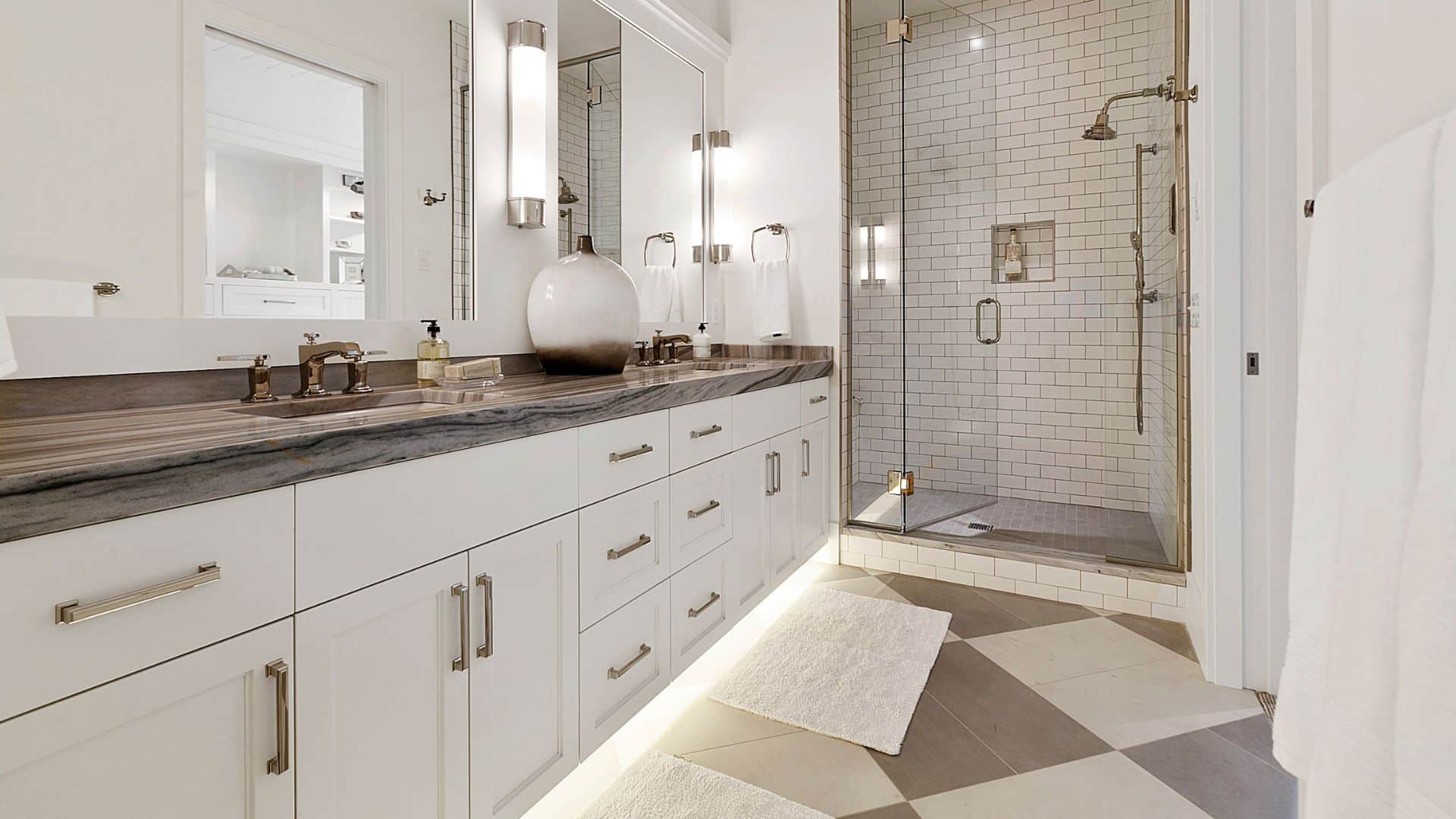
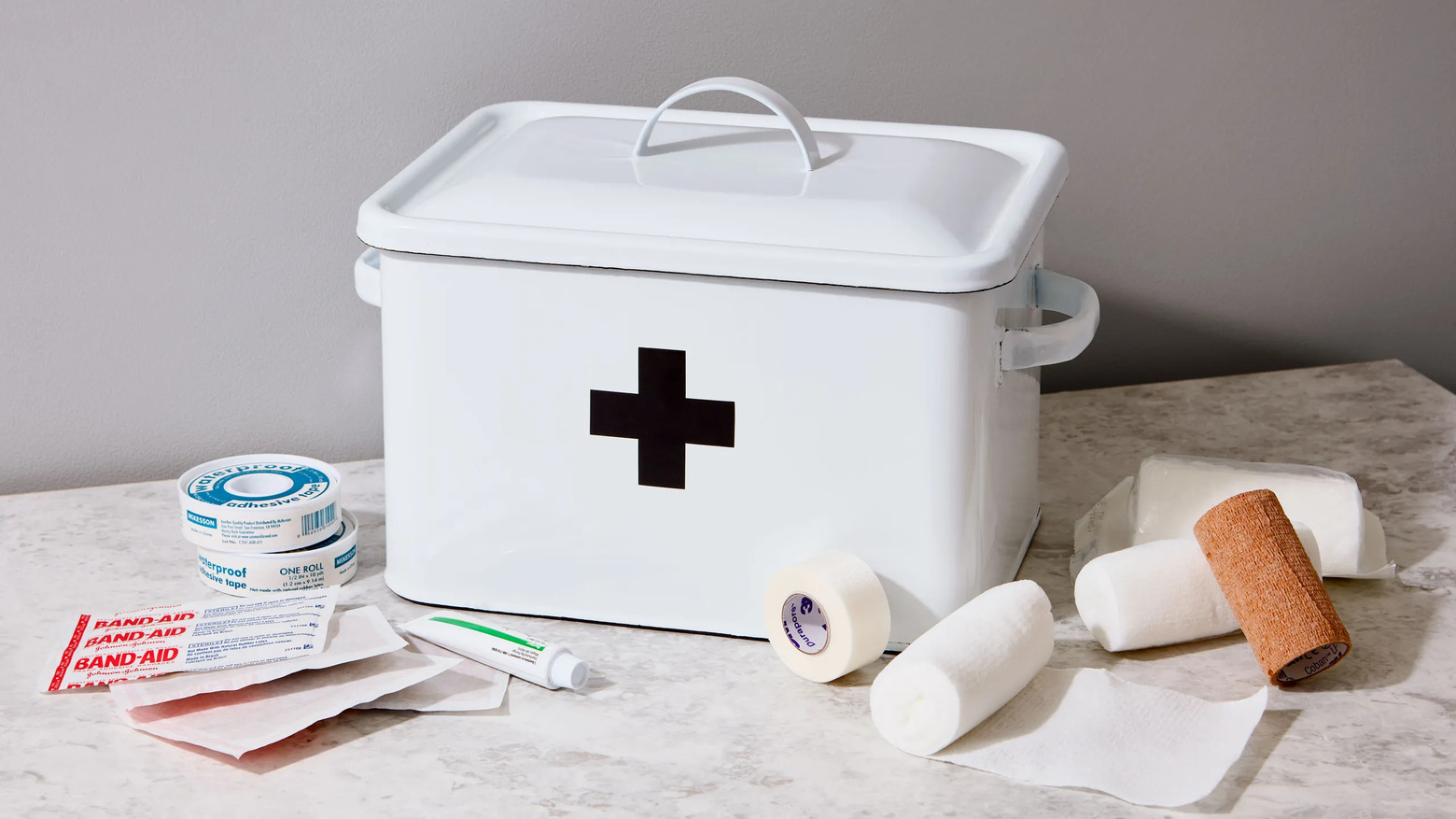

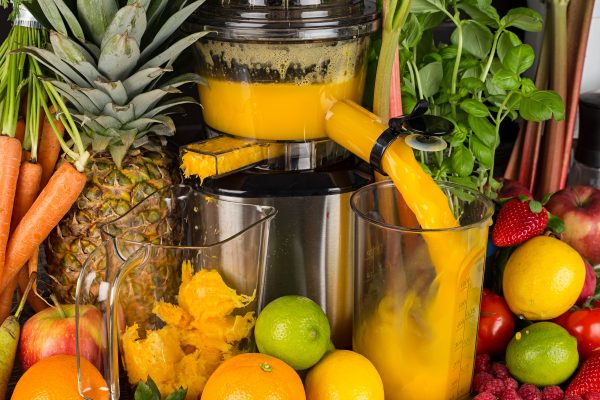
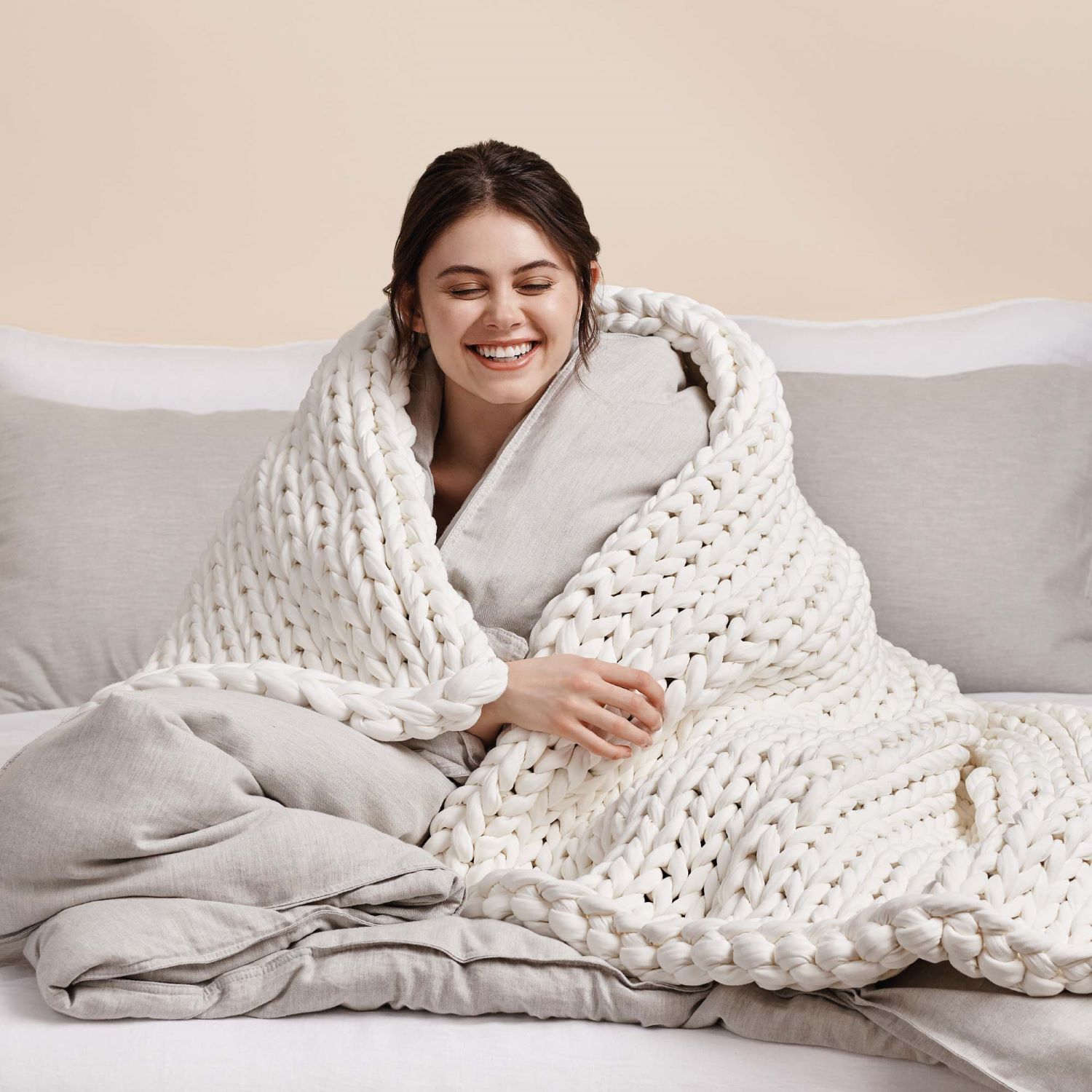
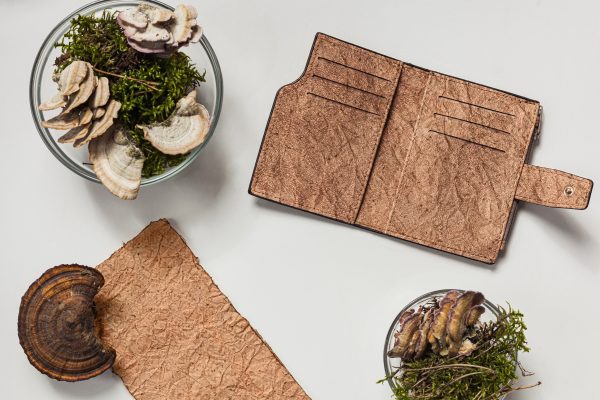
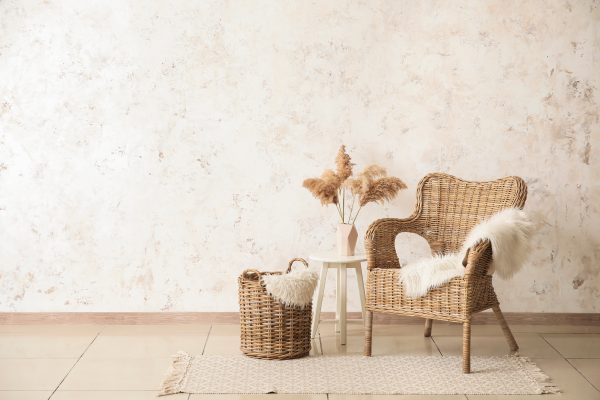
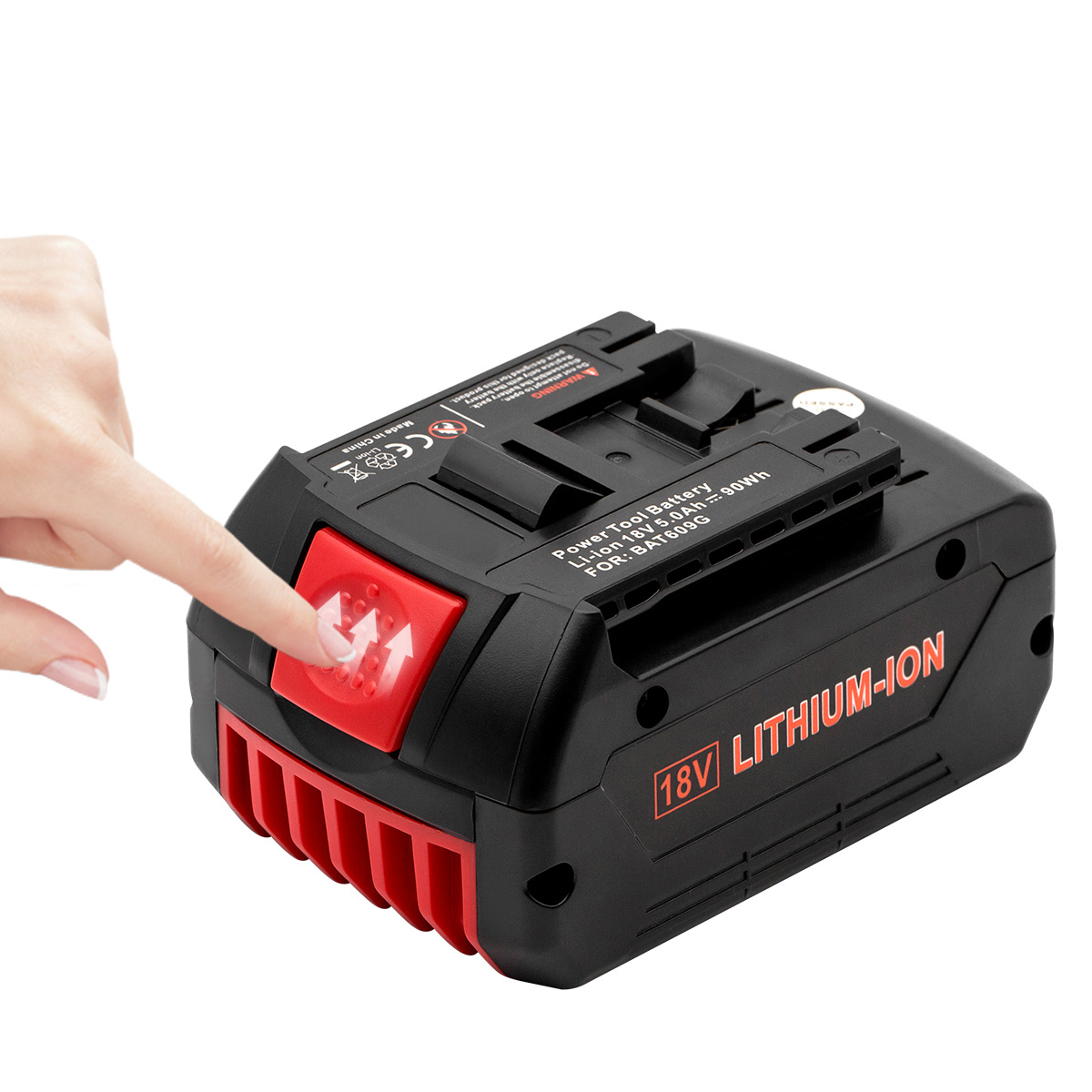
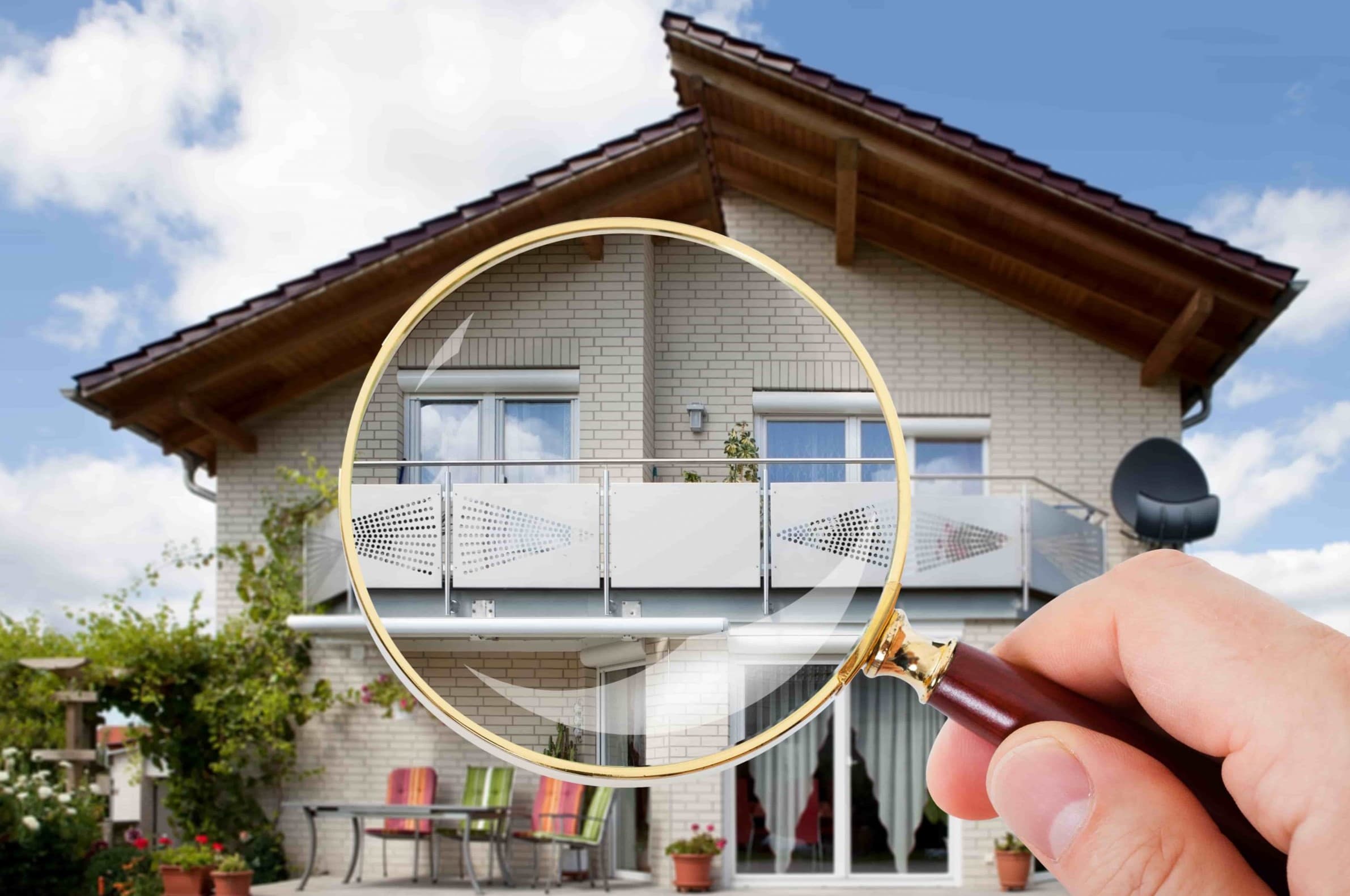
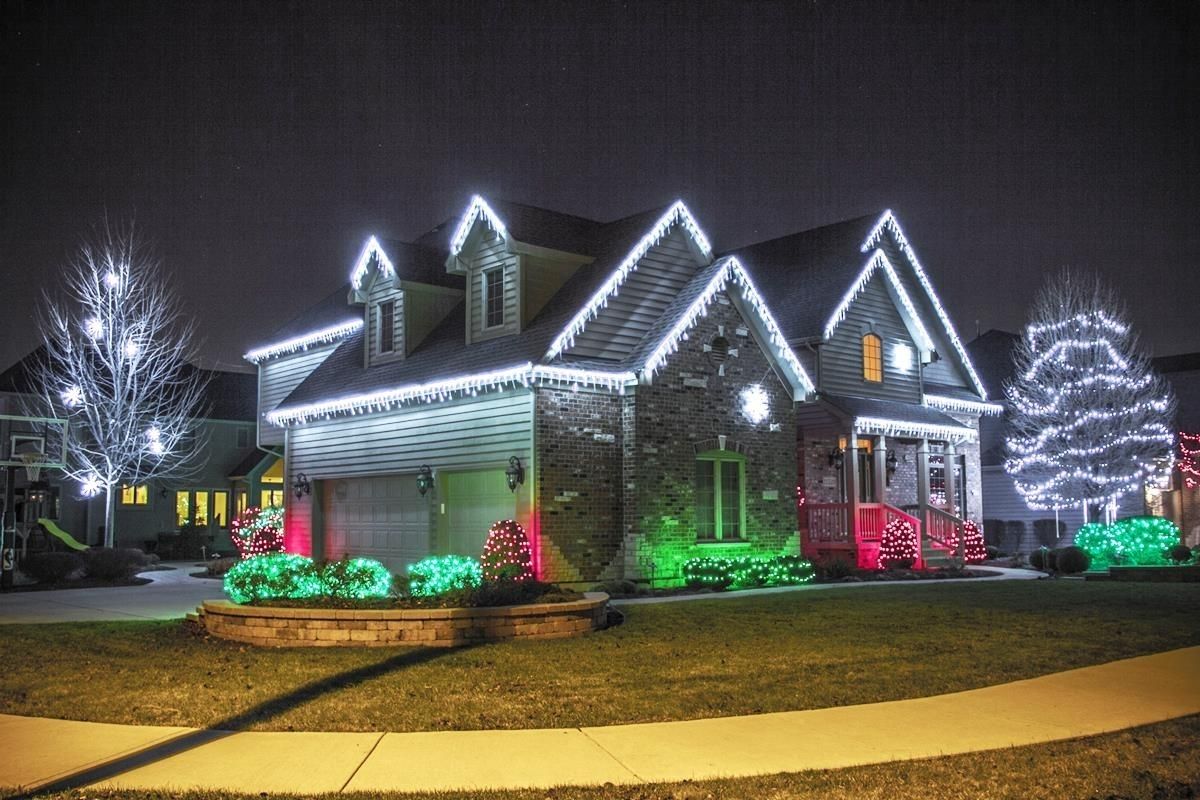

0 thoughts on “What Is Cupboard”